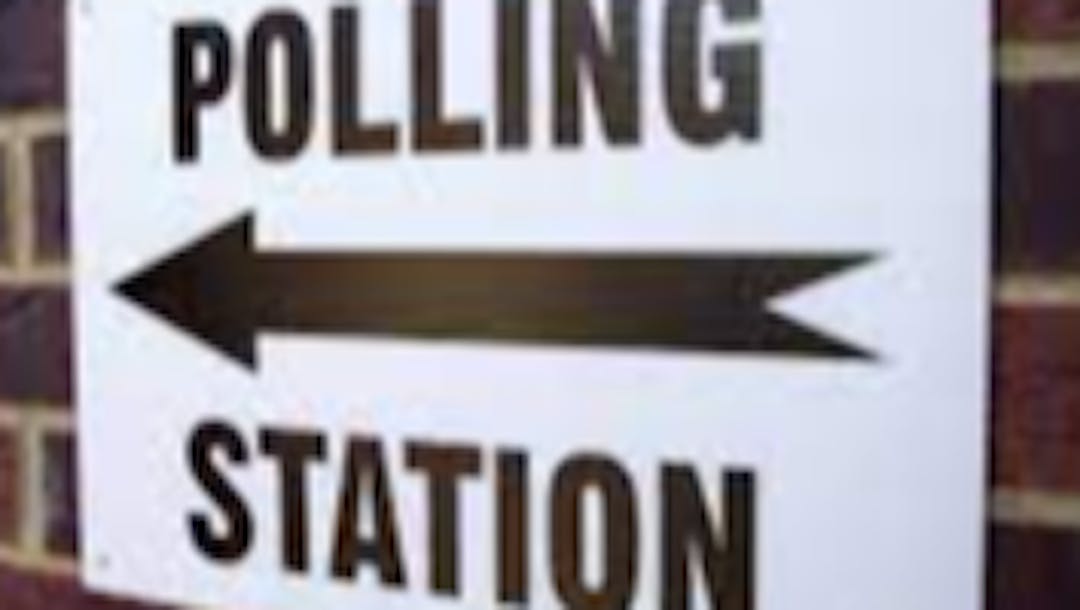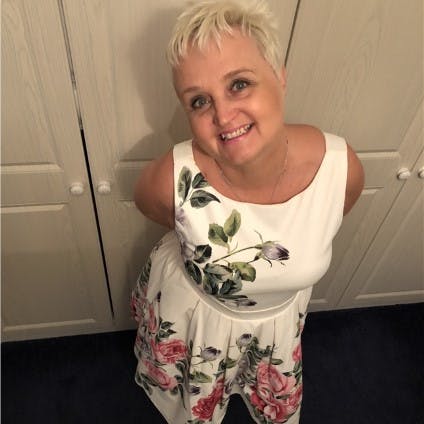Polling Districts and Polling Places/Stations - Consultation
Consultation has concluded

The Electoral Registration and Administration Act 2013 requires the Council to undertake a review of polling districts and polling places/stations. The last review was completed in 2019 and a new review will commence on Monday 2nd October 2023 with the publication of the Notice of Review.
Explanation of terms used in the review
A polling district is a geographical area created by the sub-division of a constituency or ward into smaller parts.
For voting purposes, each parliamentary constituency and every local government ward is divided into one or more polling districts. Wherever possible the polling district for local government elections mirror those agreed for parliamentary elections.
Southend has 17 City wards divided into polling districts, which vary in size and population.
A map has been produced showing the polling districts and can be viewed at the Civic Offices during normal office hours by contacting the Democratic Services Team on 01702 215154 or using the link below.
(The boundaries of the parliamentary constituencies and the names and boundaries of the City wards are not covered by the review).
A polling place is an area within a polling district in which a polling station is located. There is no legal definition of a polling place which could be as large as a polling district or as small as a particular building. It is accepted as good practice to define a polling place as the building in which a polling station is located.
A polling station is the actual room or part of a building where voting takes place. So, for example, where voting takes place at a church hall, the polling station is the room in which the voting happens, the polling place is the building in which the room is situated and the polling district is the wider area within which the building is located.
When deciding which buildings to use as polling stations, the Council must make sure that they are located as conveniently as possible for the majority of electors and are accessible, particularly for anyone with a disability.
The review process
The Council is consulting widely on the review and any elector in the local parliamentary constituencies, within the City of Southend-on-Sea, may make representations in relation to the size and boundaries of polling districts and the location and suitability of polling places/polling stations. The Council will also be inviting representations from councillors, political parties and indeed any person or body with expertise in access for persons with a disability.
The consultation period will run from 2nd October to 30th October 2023. We are asking for feedback on any aspect of the polling districts and/or polling places and welcome suggestions for alternative polling places.
If you would like to comment on the existing arrangements or wish to propose alternative arrangements, please do so by emailing pollingreview2023@southend.gov.uk or by putting your representations in writing to Democratic Services see 'How to get in touch' to the right on this page.
The documents
- List of Wards, Polling District and Polling Place
- Map - 2023 Polling Review - Wards, Districts and Stations
Consultation closes at 5pm on Monday 30th October 2023
The Council’s General Purposes Committee will decide on the final polling arrangements which will take effect from when the Register of Electors is published in December 2023.



